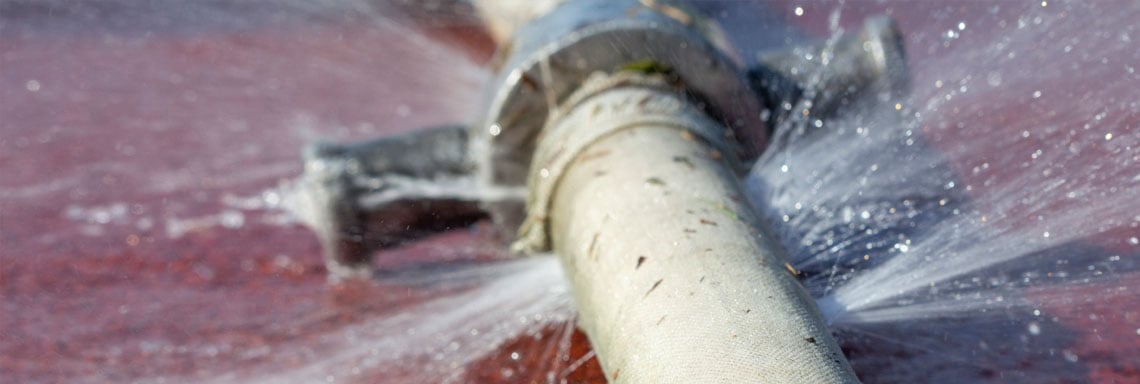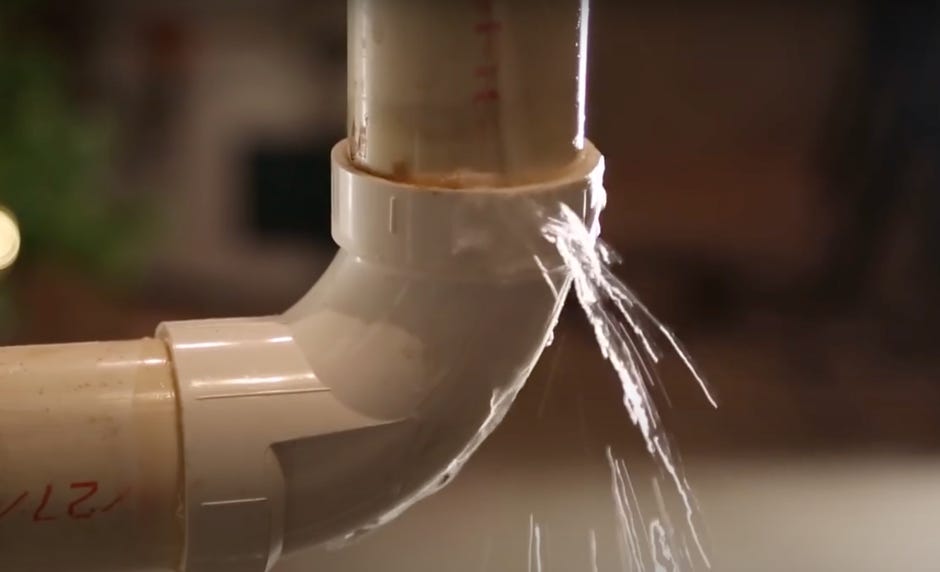Identifying a Leaky Pipe and Swiftly Restoring It Properly
Identifying a Leaky Pipe and Swiftly Restoring It Properly
Blog Article
We have stumbled on this article about How to install a dishwasher safely down the page on the web and think it made perfect sense to talk about it with you on my blog.

A ruptured pipe is a major emergency; you can just stand as you watch water you pay a lot to rejoin with the planet. In even worse cases, you see a pool on your kitchen area flooring, which is a fantastic journey risk, specifically if you have kids around. If the pipe that ruptured was in your wall surfaces, bad news: you may require to repaint that entire area.
Exactly how can a disaster like a burst pipeline be prevented and also taken care of? Well, by listening to your expert emergency plumbing technicians and adhering to these rules.
Just how do I know when my pipelines have ruptured?
Fluctuating water stress
Pipelines do not simply burst in a day. You may have noticed that your cooking area tap or shower doesn't run instantly when you transform the faucet. It may stop briefly for a few seconds and afterwards blast you with more pressure than common.
In other circumstances, the water might seem regular at first, after that drop in stress after a couple of secs.
Damp walls as well as water stains
Before a pipeline ruptureds, it will certainly leak, many times. If this consistent dripping goes unnoticed, the leak may graduate into a large gash in your pipe. One very easy way to prevent this emergency is to keep an eye out for damp wall surfaces ad water stains. These water spots will certainly lead you right to the leakage.
Puddles under pipes and sinks
When a pipeline bursts, the outflow creates a puddle. It may appear that the pool is growing in size, and regardless of the number of times you wipe the puddle, in a few minutes, there's an additional one waiting to be cleansed. Frequently, you may not be able to trace the pool to any kind of noticeable pipelines. This is an indicator to call a professional plumber.
Untraceable dripping noises
Pipe ruptureds can take place in one of the most undesirable locations, like within concrete, inside walls, or under sinks. When your home goes silent, you may have the ability to hear an irritatingly relentless trickling noise. Even after you've checked your shower head and cooking area faucet, the leaking may proceed.
Precious reader, the dripping may be coming from a pipeline inside your wall surfaces. There isn't much you can do concerning that, except inform a professional plumber.
Turn off the Water
When water freezes, it expands in quantity by concerning 9 percent. And also it increases with tremendous force: The pressure inside pipes might go from 40 extra pounds per square inch to 40,000 psi! No pipeline can hold that much pressure, so it bursts. The break might occur where the ice kinds, yet more frequently, it takes place where water pressure finds a weak spot in the pipe. That might be inches or even feet from the icy location. Locate the water shutoff valve and also shut off the water to stop even more damage. You may additionally require to shut down the electrical power too, relying on where the leaks occurs as well as exactly how big it is.
Contaminated water
Many individuals think a ruptured pipe is a one-way electrical outlet. Fairly the contrary. As water spurts of the hole or gouge in your plumbing system, pollutants locate their method.
Your water may be polluted from the resource, so if you can, examine if your water storage tank has any issues. Nevertheless, if your drinking water is supplied and also cleansed by the city government, you should call your plumber promptly if you see or smell anything funny in your water.
What do I do when I find a burst pipe?
Your water meter will certainly remain to run also while your water wastes. To lessen your losses, discover the main controls and transform the supply off. The water pipe are an above-ground structure at the edge of your home.
How to Fix & Detect a Leaking Pipe
How Do I Know if a Pipe is Leaking?
Leak detection tests can help you determine if your pipe has a leak. Even if you don’t see an apparent leak, you should still conduct leak detection tests regularly to save water and money—and prevent major damage to your home.
Water meter. It can be helpful to figure out what your usual water meter usage numbers are and then monitor them regularly. To monitor your meter, first, turn off all water faucets in your home. Check the meter and write down the numbers. In a few hours, check the meter again. If the numbers have changed, you have a leak. Water gauge. Use a water gauge to test your water pressure. Your showerhead should produce a certain amount of water pressure based on its model and design. If the pressure is lower than it is supposed to be for that specific showerhead, your home likely has a leak. Puddles. Look inside your bathroom, laundry, and kitchen sink cabinets. Puddles around the cabinets or around toilets, tubs, showers, and washing machines indicate the presence of a leaking pipe. You may also notice loose tiles, peeling or flaking paint, or mold caused by water accumulation. Napkin test. Even if you don’t see any puddles, you may still have a leak. You can test for water leaks in the bathroom, laundry, and kitchen by wiping below-sink connections with a napkin, paper towel, or piece of toilet paper. If it becomes damp, you probably have a leaking pipe under the sink. Discolored walls. Walls that are discolored—usually with brown or yellow stains—or bulging might mean that they have been impacted by water damage caused by a leaking pipe. Smell. A leaky pipe will create sitting water, and over time, that water may develop a musty smell. If your home smells musty, but you can’t locate the source, it may be due to a leak. Steps for Fixing a Leaking Pipe
A leaky drain can be remedied by tightening the pipe base, replacing the drain seal, caulking the rim, and tightening the pipe nut. Similarly, a leaking toilet pipe can be treated by tightening the packing nut. You may also need to replace the valve. A leaky faucet may just need tightening or replacement of the washers. If that doesn’t work, consider replacing your faucet. If your pipe has a hole in it, you may want to use a pipe leak sealer or pipe leak tape. This quick fix for water pipe leaks can also temporarily fix a copper pipe leak. https://www.ahs.com/home-matters/quick-tips/how-to-tell-if-pipes-are-leaking/

I'm certainly very enthusiastic about What to Know Before Installing a Dishwasher and I am assuming you appreciated our blog entry. Do you know anybody else who is excited about What to Know Before Installing a Dishwasher? Take a moment to promote it. I cherish reading our article about How to install a dishwasher safely.
Professional help? One call away. Report this page